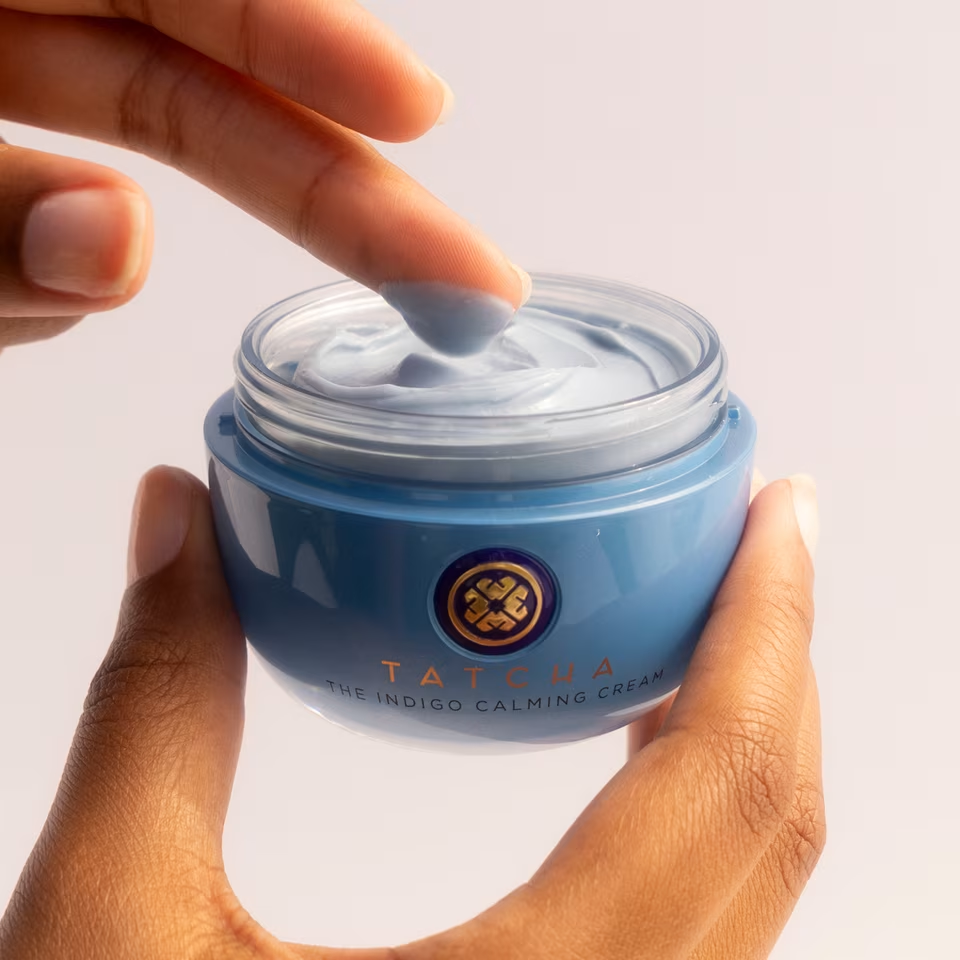
Face Cream for Sensitive Skin: A Comprehensive Guide
Understanding Sensitive Skin
Sensitive skin requires special care and attention. People with sensitive skin often experience redness, itching, or burning sensations when using certain skincare products. These reactions occur because sensitive skin has a weaker protective barrier, making it more prone to irritation. Environmental factors like sun exposure, wind, and pollution can also trigger discomfort. Moreover, sensitive skin may react to ingredients that other skin types tolerate well. Therefore, choosing the right face cream becomes crucial for maintaining healthy, comfortable skin. The ideal face cream for sensitive skin should soothe, protect, and nourish without causing any adverse reactions. Additionally, it should help strengthen the skin’s natural barrier over time, making it more resilient to external stressors.
Key Ingredients to Look For
When selecting a face cream for sensitive skin, certain ingredients stand out for their gentle yet effective properties. First, look for hyaluronic acid, a powerful humectant that attracts and retains moisture without irritating the skin. Next, ceramides play a vital role in strengthening the skin barrier. These lipid molecules occur naturally in the skin and help lock in moisture while keeping irritants out. Another beneficial ingredient is niacinamide, a form of vitamin B3 that soothes inflammation and improves skin elasticity. Glycerin, a natural moisturizer, helps hydrate the skin without clogging pores. Aloe vera offers soothing and anti-inflammatory properties, making it excellent for calming sensitive skin. Lastly, antioxidants like vitamin E protect the skin from free radical damage. These ingredients work together to nourish, protect, and strengthen sensitive skin without causing irritation.

Ingredients to Avoid
While some ingredients benefit sensitive skin, others can cause irritation and should be avoided. Fragrances, both synthetic and natural, top the list of potential irritants. Even essential oils, often marketed as natural alternatives, can trigger reactions in sensitive skin. Alcohol-based ingredients can strip the skin of its natural oils, leading to dryness and irritation. Chemical sunscreens may cause stinging or burning sensations, so opt for physical sunscreens instead. Harsh exfoliants like glycolic acid or rough scrubs can damage the delicate skin barrier. Preservatives such as parabens and formaldehyde-releasing agents may also irritate sensitive skin. Additionally, avoid products with high concentrations of active ingredients like retinol or vitamin C, as they can be too strong for sensitive skin. Instead, look for gentler alternatives or lower concentrations that provide benefits without causing irritation.
The Importance of Patch Testing
Patch testing plays a crucial role in finding the right face cream for sensitive skin. This simple yet effective method helps identify potential allergic reactions or irritations before applying a product to the entire face. To perform a patch test, apply a small amount of the product to a discreet area of skin, such as behind the ear or on the inner forearm. Leave it on for 24 to 48 hours, observing for any signs of redness, itching, or irritation. If no adverse reactions occur, the product is likely safe to use. However, if any discomfort or visible changes appear, discontinue use immediately. Patch testing should be done with every new skincare product, not just face creams. This practice helps build a personalized skincare routine that works harmoniously with sensitive skin, minimizing the risk of unexpected reactions.

Choosing the Right Texture
The texture of a face cream significantly impacts its effectiveness and suitability for sensitive skin. Generally, lighter textures work better for sensitive skin as they’re less likely to clog pores or feel heavy on the skin. Gel-creams offer a refreshing, lightweight feel while providing ample hydration. They absorb quickly and don’t leave a greasy residue, making them ideal for daytime use. For drier sensitive skin, emulsion-type creams provide a bit more nourishment without feeling too rich. These creams have a milky consistency that spreads easily and sinks into the skin. During colder months or for very dry sensitive skin, a slightly richer cream may be necessary. However, it should still feel breathable and non-greasy. Avoid thick, occlusive creams as they can trap heat and irritants against the skin, potentially leading to breakouts or increased sensitivity.
The Role of pH in Skincare
The pH level of skincare products, including face creams, plays a significant role in maintaining healthy sensitive skin. The skin’s natural pH is slightly acidic, typically ranging from 4.5 to 6.5. This acidic environment helps protect against harmful bacteria and maintain the skin’s moisture barrier. Face creams formulated with a pH close to the skin’s natural level are less likely to cause irritation. Products that are too alkaline can disrupt the skin’s protective barrier, leading to dryness, irritation, and increased sensitivity. On the other hand, products that are too acidic may cause stinging or burning sensations. When choosing a face cream for sensitive skin, look for products that specifically mention being pH-balanced or formulated for sensitive skin. These products are more likely to work in harmony with the skin’s natural processes, promoting a healthy, balanced complexion.
The Benefits of Fragrance-Free Products
Opting for fragrance-free face creams offers numerous benefits for sensitive skin. Fragrances, whether natural or synthetic, are common irritants that can trigger allergic reactions or skin sensitivity. They often contain complex chemical compounds that may cause redness, itching, or burning sensations. Fragrance-free products reduce the risk of such reactions, making them a safer choice for sensitive skin.
Moreover, fragrance-free creams allow the active ingredients to work more effectively without interference from potentially irritating scents. It’s important to note that “unscented” doesn’t always mean fragrance-free. Some unscented products may contain masking fragrances to neutralize the natural smell of other ingredients. Always check the ingredient list and look specifically for “fragrance-free” labels when choosing a face cream for sensitive skin. This approach helps minimize the risk of irritation and allows for a more targeted, effective skincare routine.

The Impact of Environmental Factors
Environmental factors significantly influence the health and appearance of sensitive skin, making the choice of face cream even more crucial. Sun exposure ranks as one of the most damaging factors, causing premature aging, hyperpigmentation, and increased sensitivity. Therefore, a face cream with built-in sun protection (preferably physical sunscreens like zinc oxide or titanium dioxide) offers essential defense.
Pollution also poses a threat, with airborne particles potentially clogging pores and causing oxidative stress. Face creams containing antioxidants help combat this damage. Extreme temperatures, both hot and cold, can stress sensitive skin, leading to dryness, redness, or irritation. A good face cream should provide a protective barrier against these temperature fluctuations. Additionally, low humidity environments can strip moisture from the skin, making hydrating ingredients like hyaluronic acid and glycerin essential in face creams for sensitive skin.
Establishing a Consistent Skincare Routine
Consistency plays a key role in managing sensitive skin and maximizing the benefits of face creams. A regular skincare routine helps strengthen the skin barrier over time, reducing sensitivity and improving overall skin health. Start with a gentle, non-foaming cleanser to remove impurities without stripping the skin. Follow with a hydrating toner or essence to prep the skin for better absorption of subsequent products.
Apply the chosen face cream while the skin is still slightly damp to lock in moisture. For daytime, always finish with a broad-spectrum sunscreen to protect against UV damage. At night, the face cream can be the final step, allowing its nourishing ingredients to work while you sleep. Stick to this routine for at least a few weeks to see improvements. Avoid introducing multiple new products simultaneously, as this can overwhelm sensitive skin. Instead, incorporate new products one at a time, allowing the skin to adjust.

When to Consult a Dermatologist
While many people successfully manage sensitive skin with over-the-counter face creams, some situations warrant professional advice. Persistent redness, itching, or burning that doesn’t improve with gentle skincare products may indicate an underlying condition like rosacea or eczema. These conditions often require prescription treatments. If skin reactions occur frequently, even with carefully chosen products, a dermatologist can help identify specific triggers or allergens.
Sudden changes in skin sensitivity, especially if accompanied by other symptoms, should also prompt a professional consultation. Additionally, if sensitive skin prevents you from using sunscreen effectively, a dermatologist can recommend suitable alternatives to ensure proper sun protection. They can also provide personalized advice on building a skincare routine tailored to your specific skin needs and sensitivities. Remember, professional guidance can significantly improve the management of sensitive skin and prevent potential complications.

